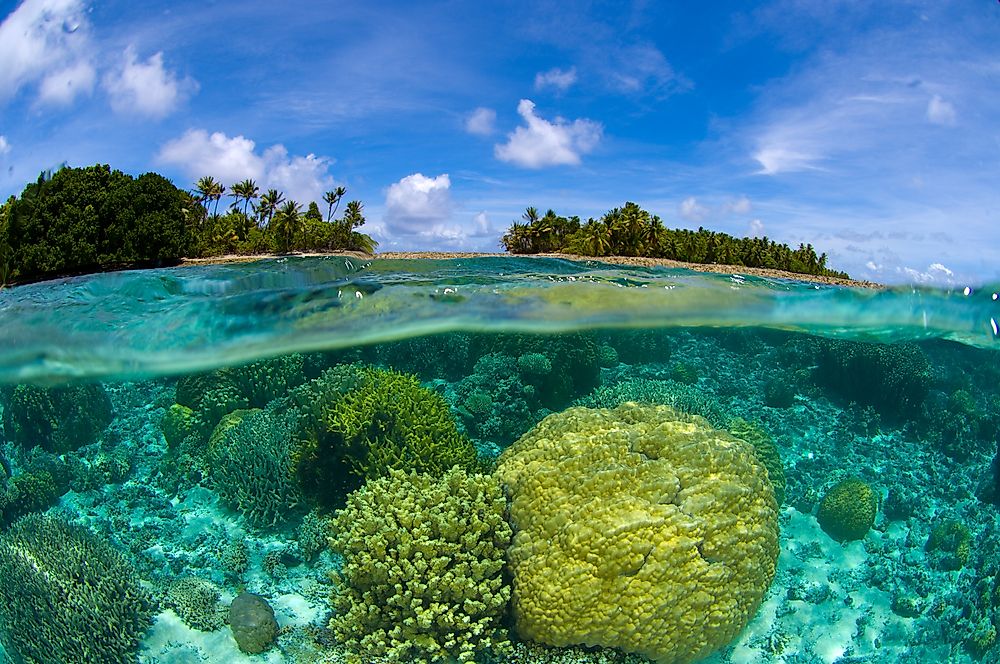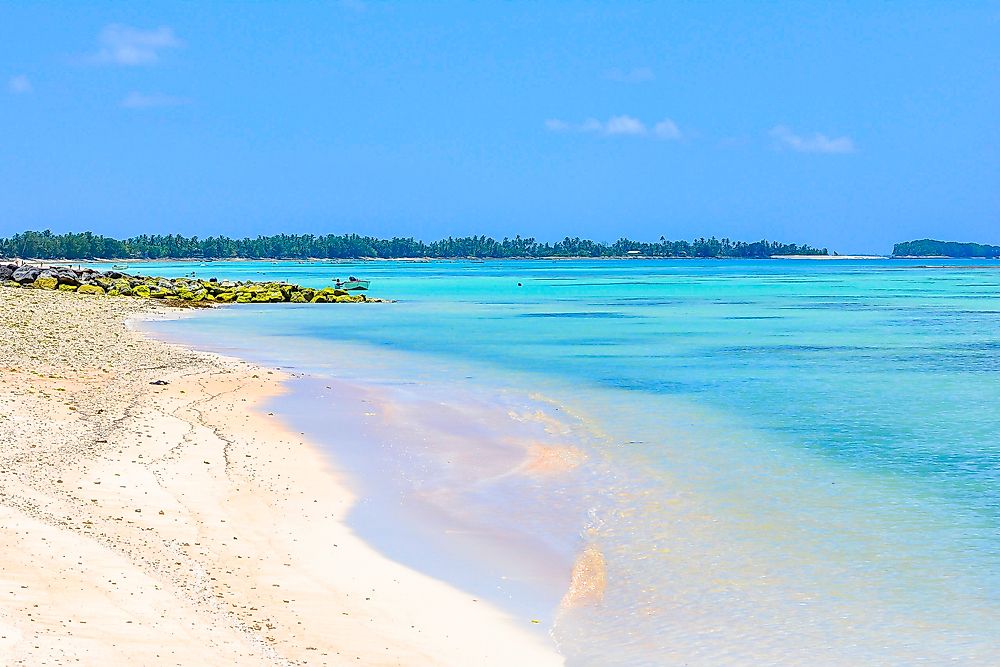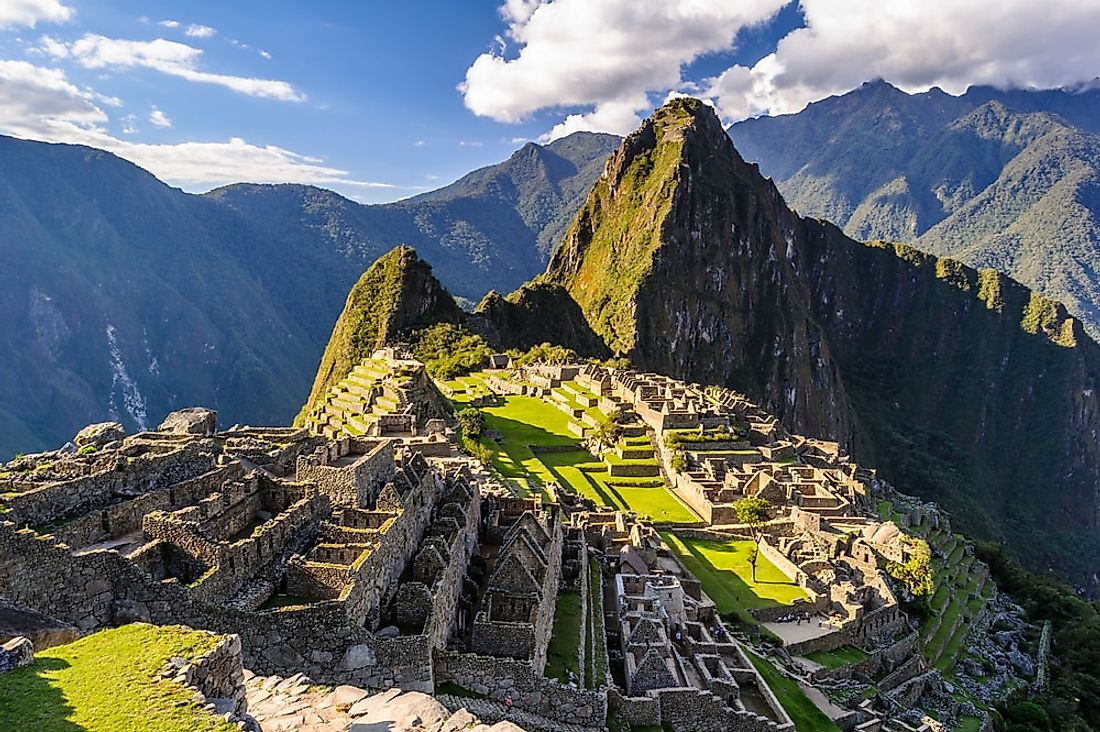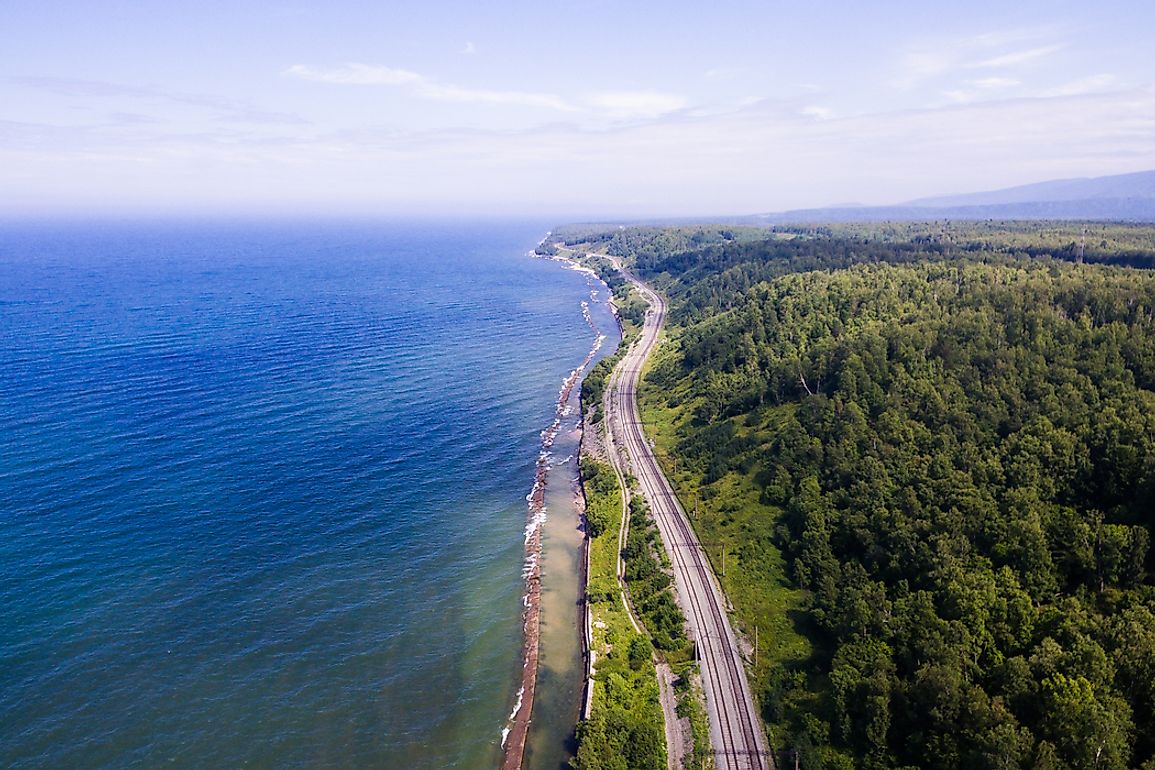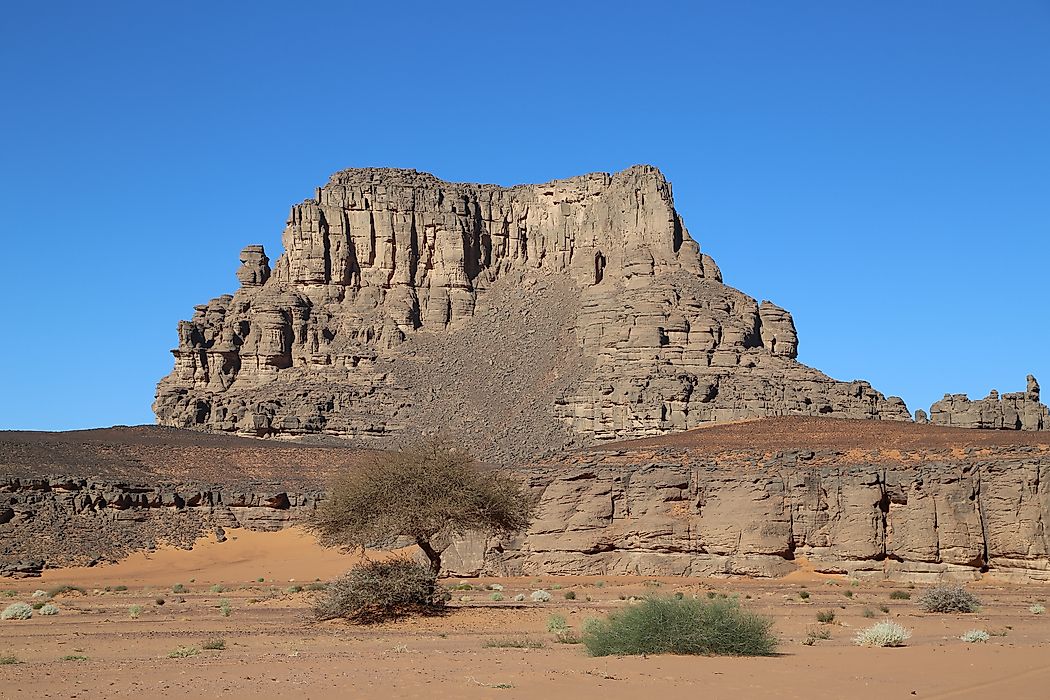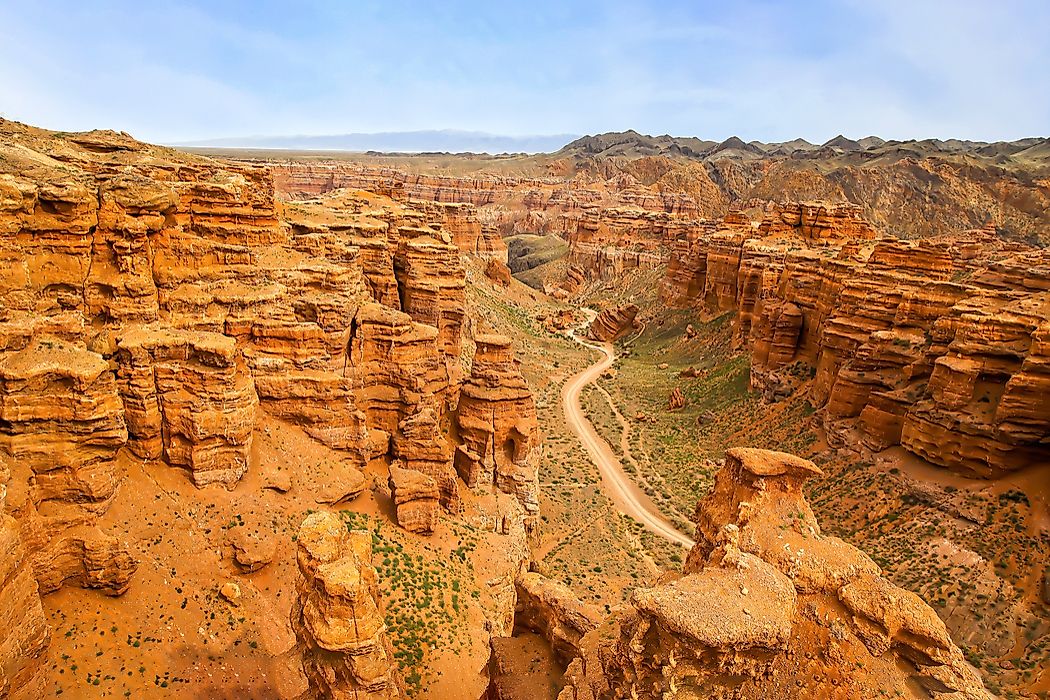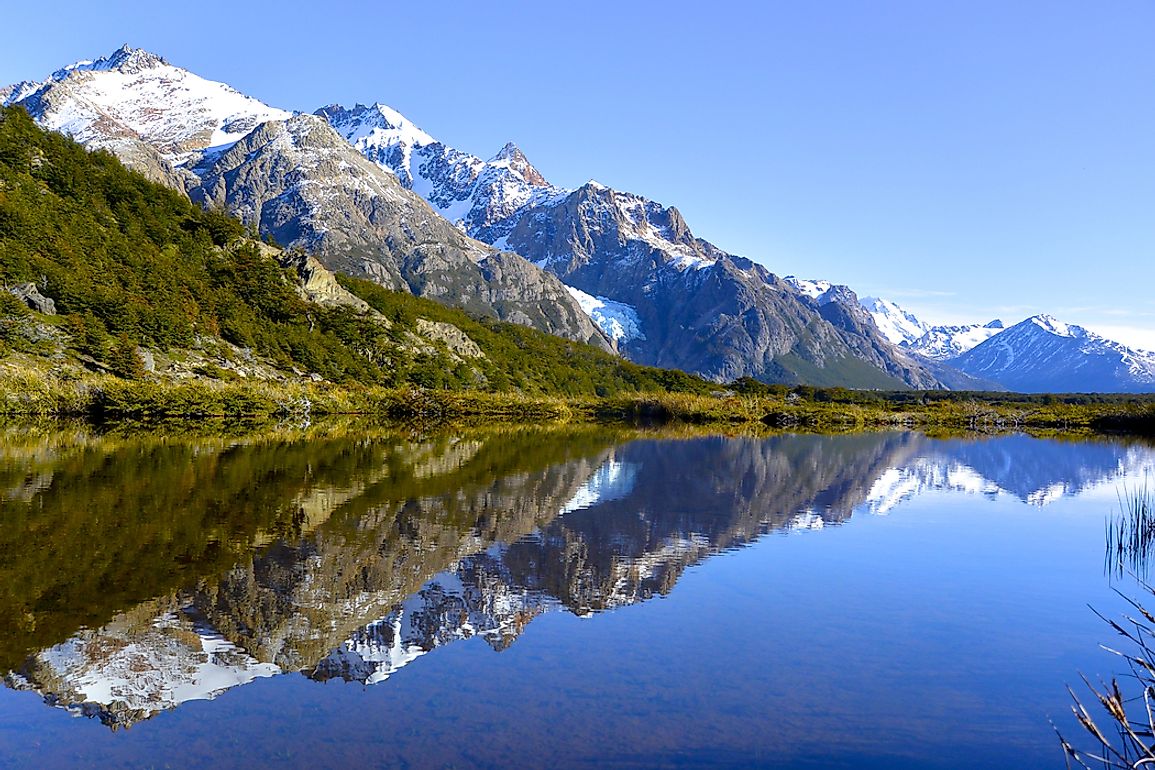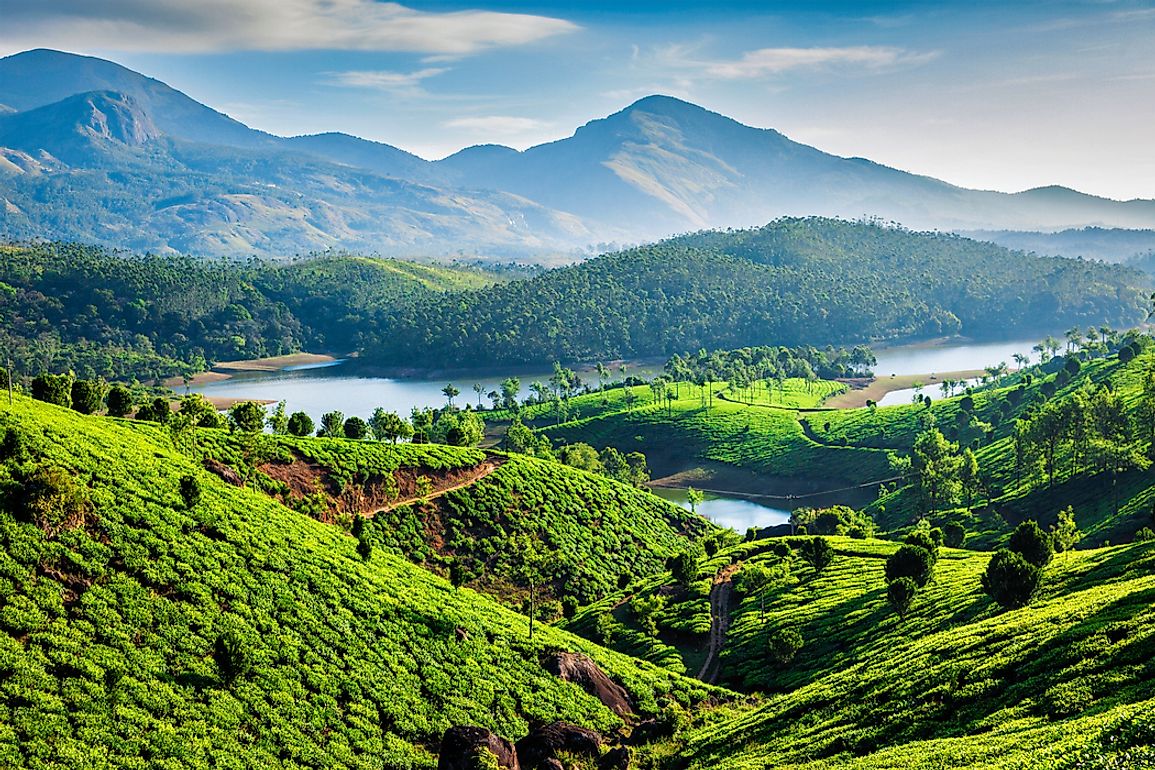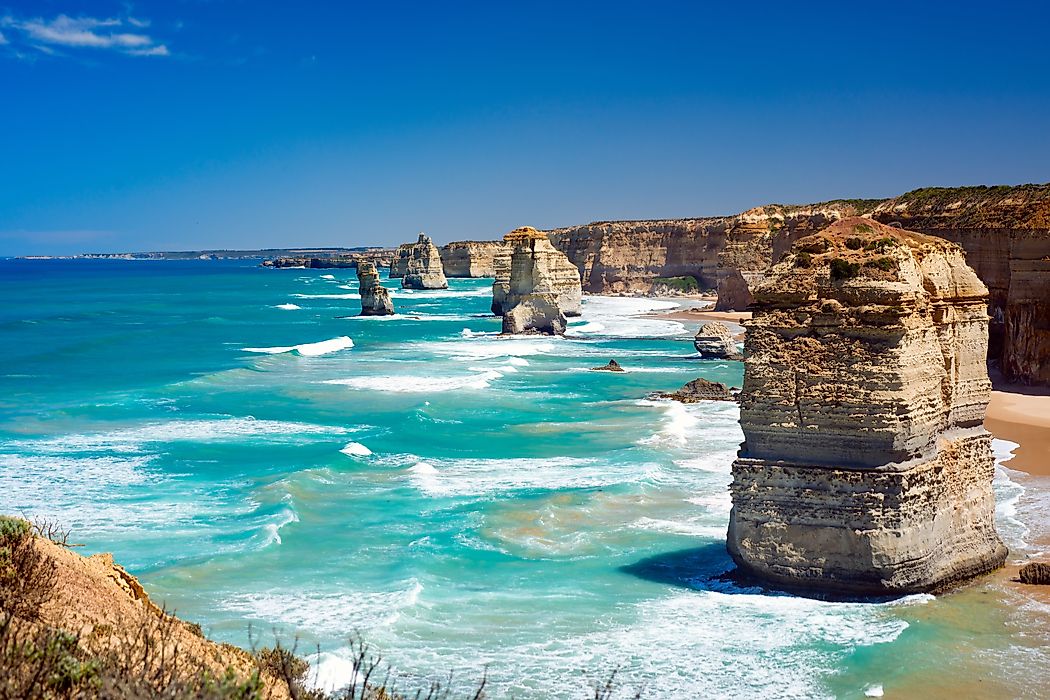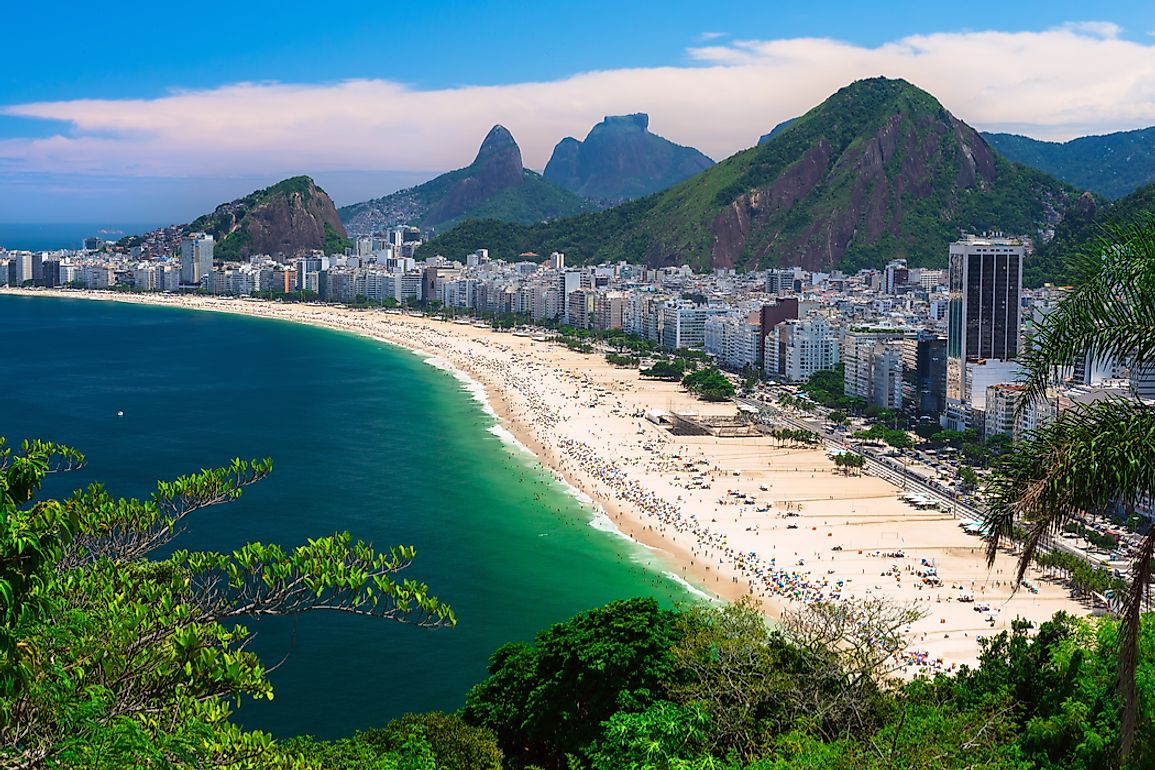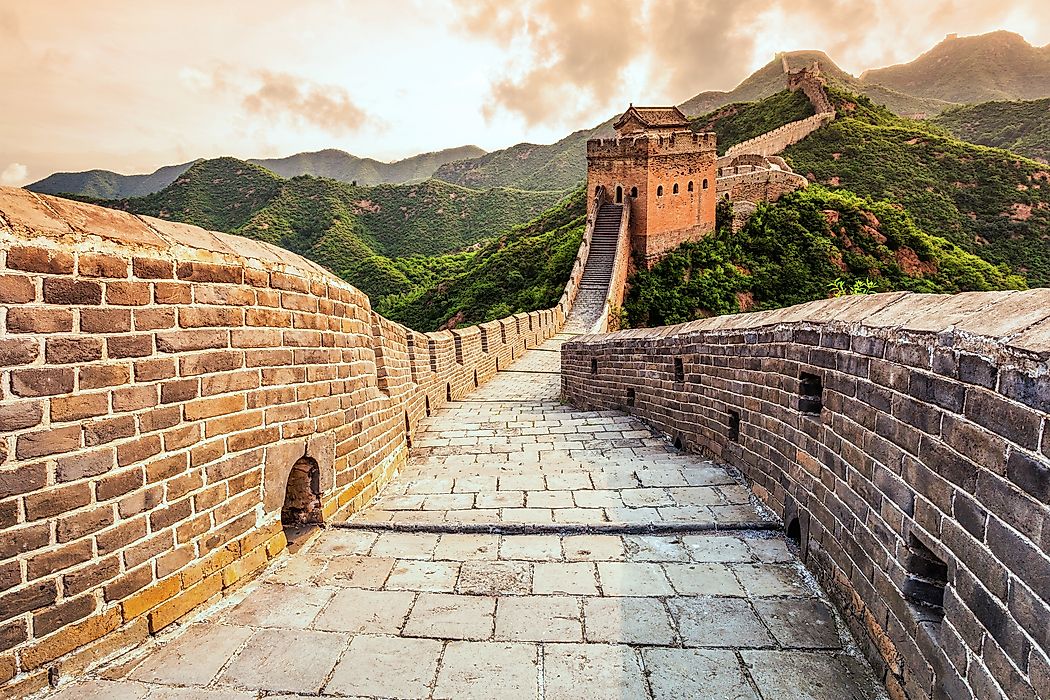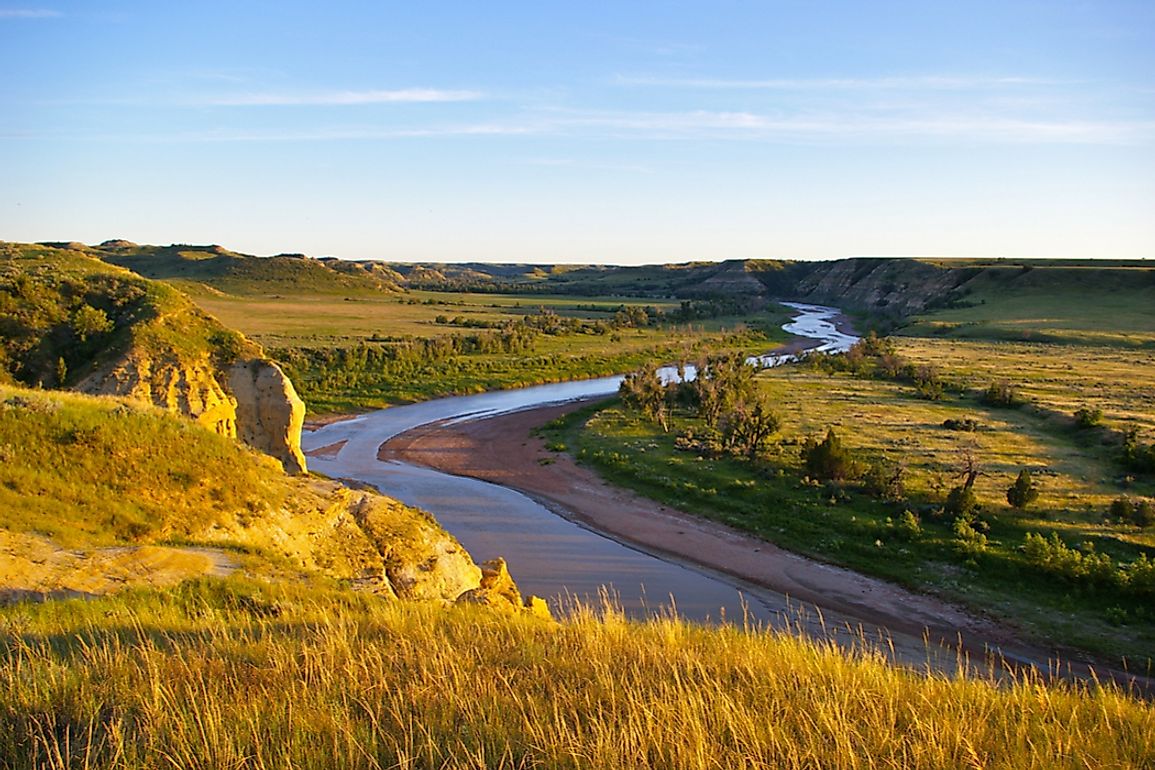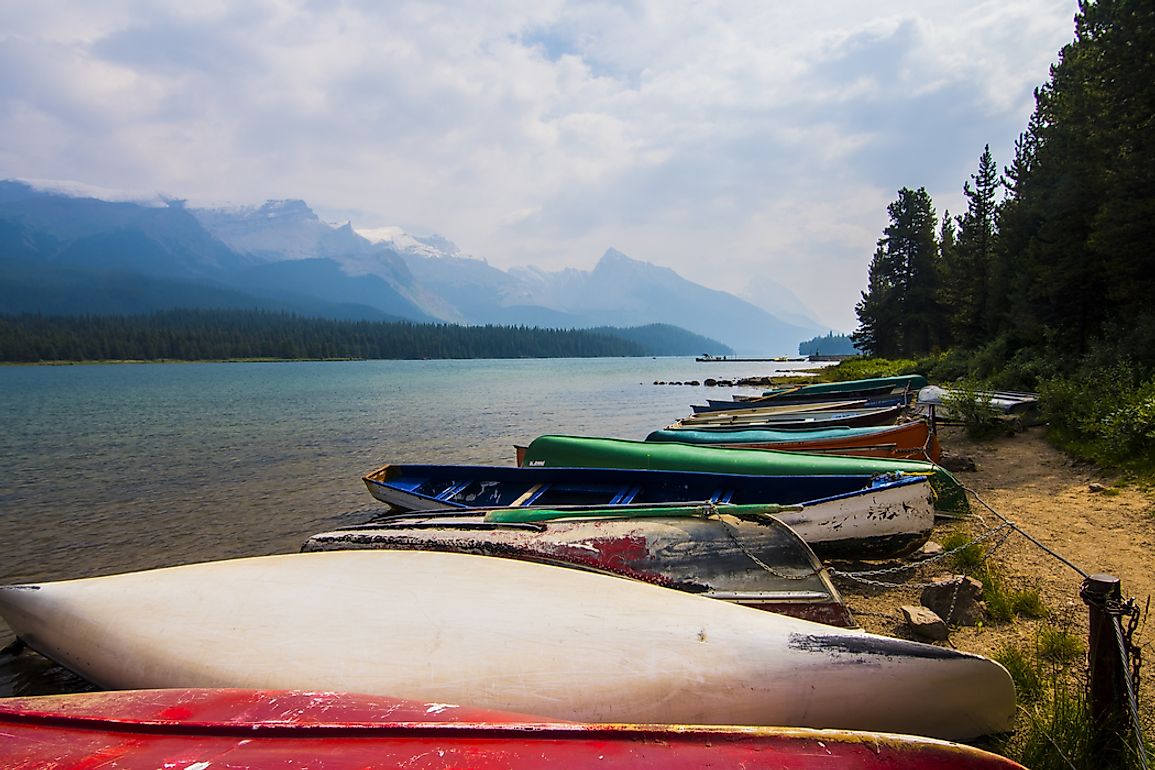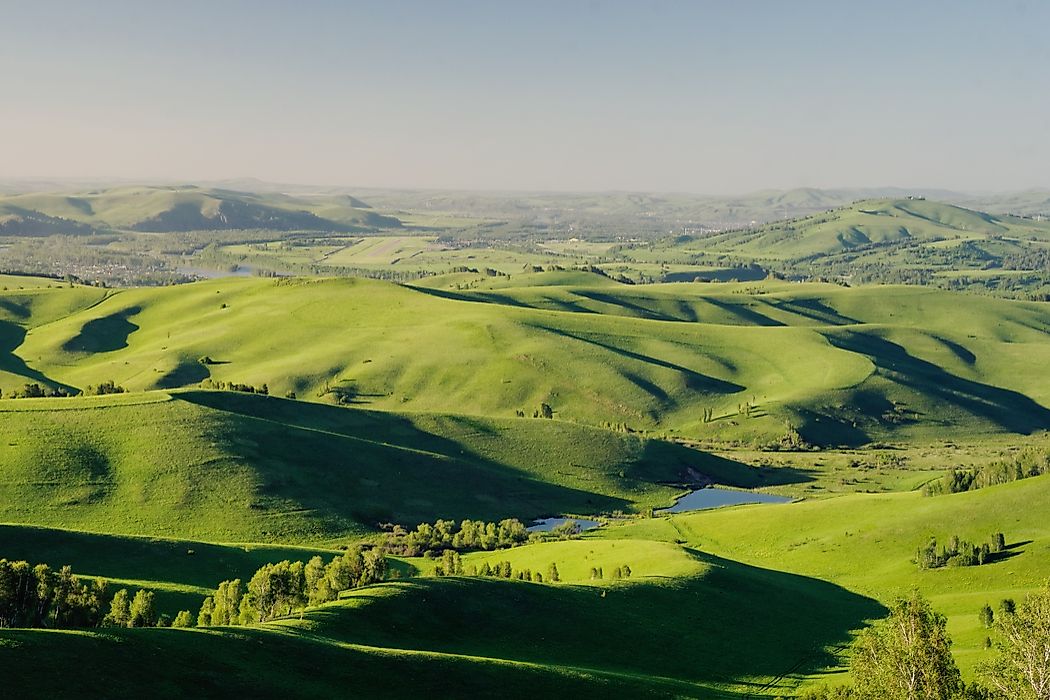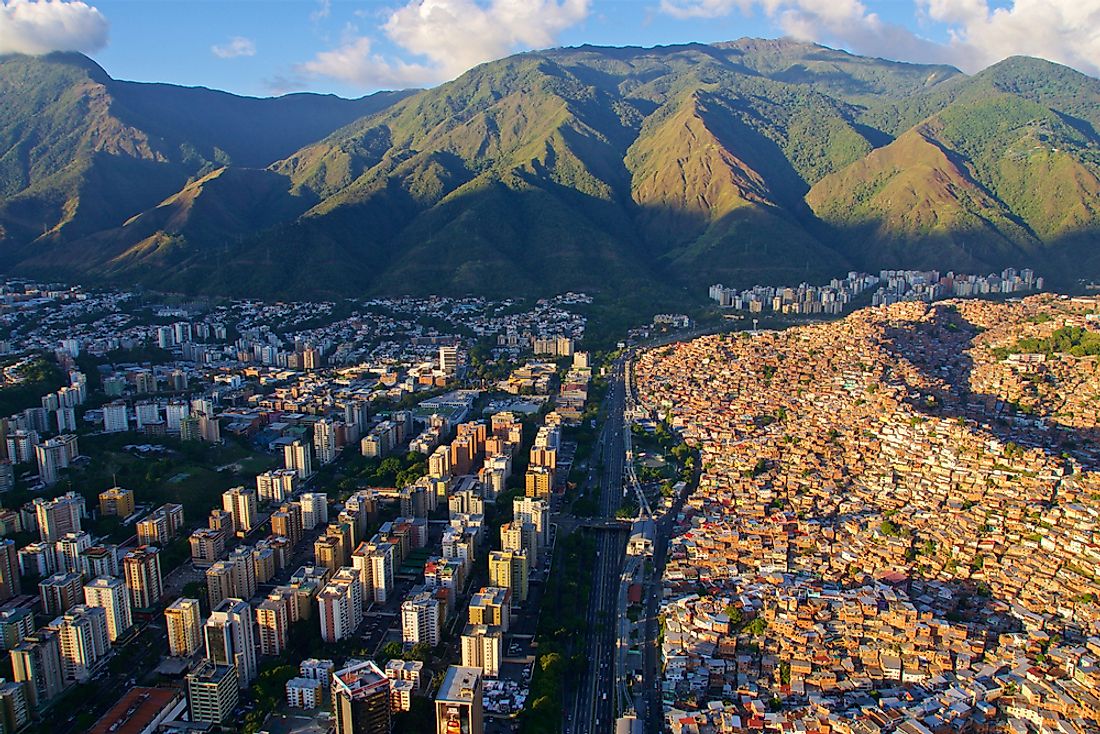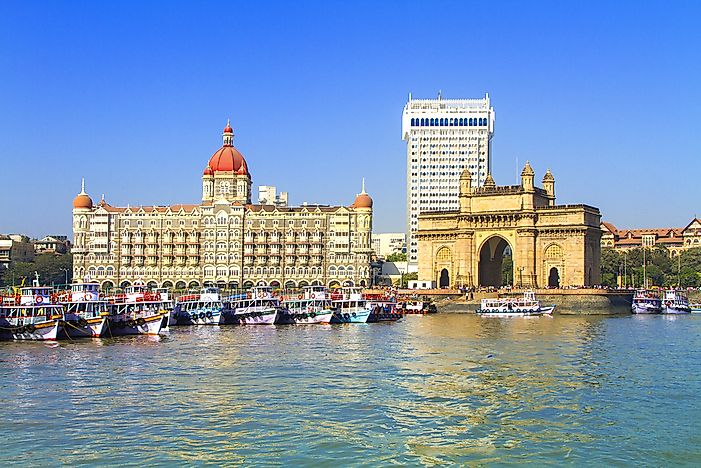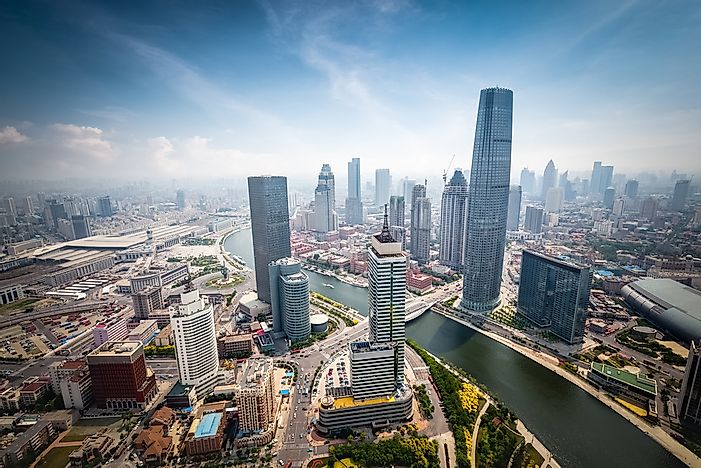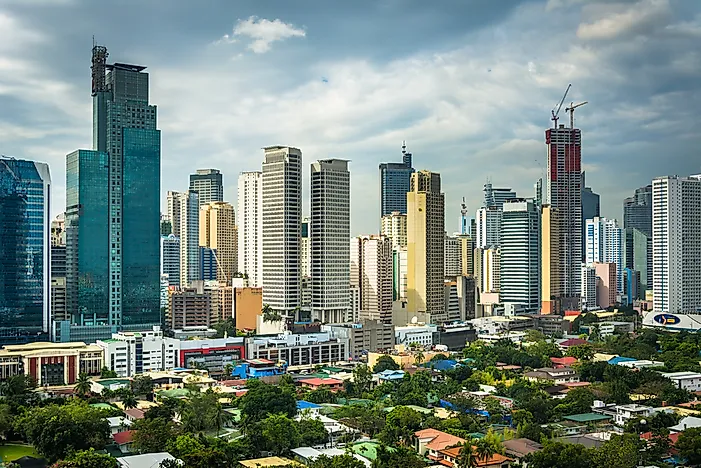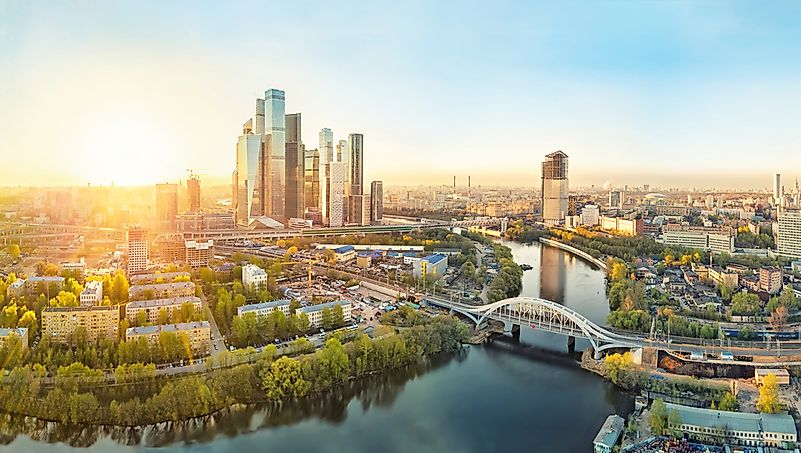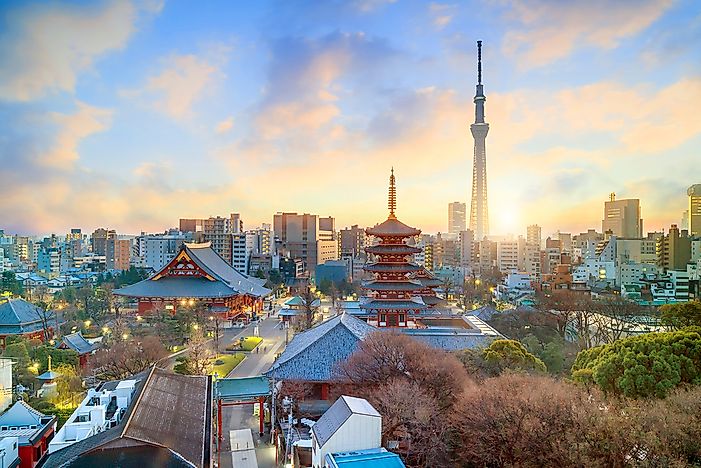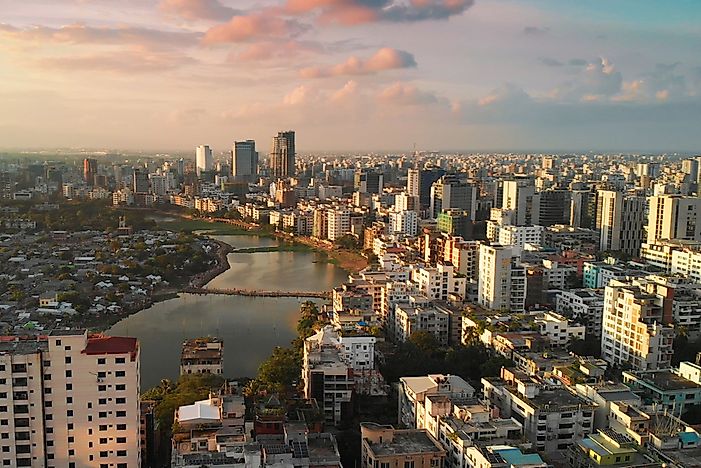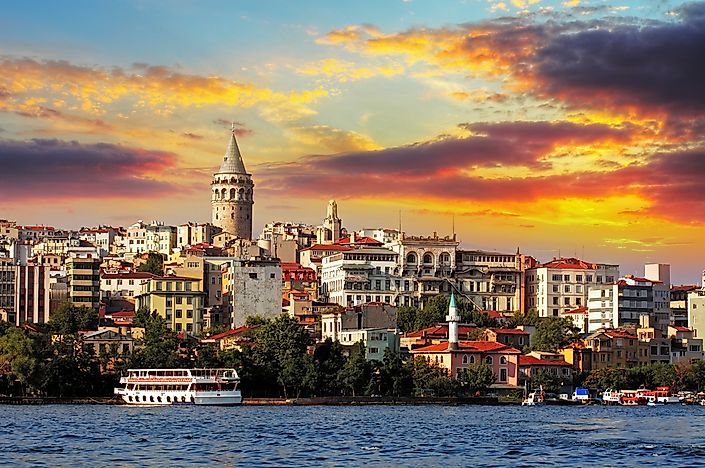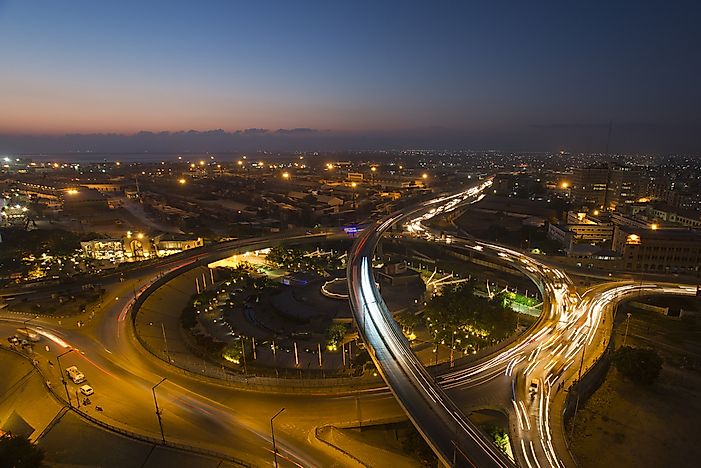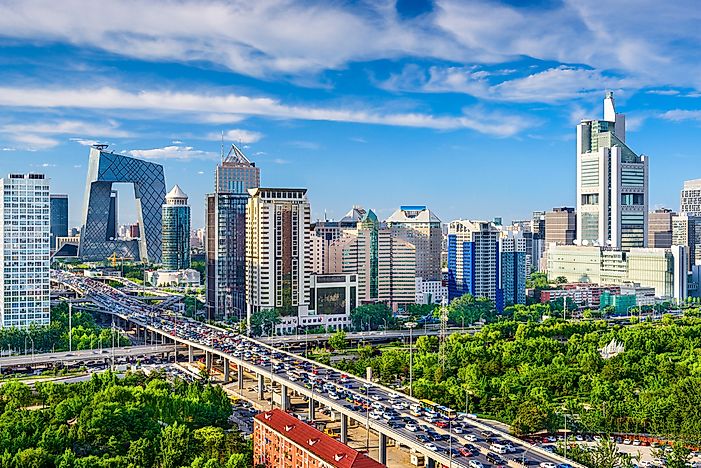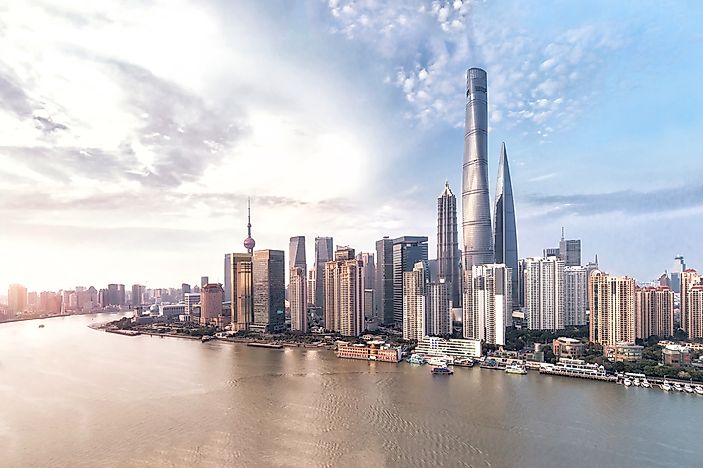A list of the 10 smallest countries by total land area. Some of the coziest nations, islands, and places on the planet.
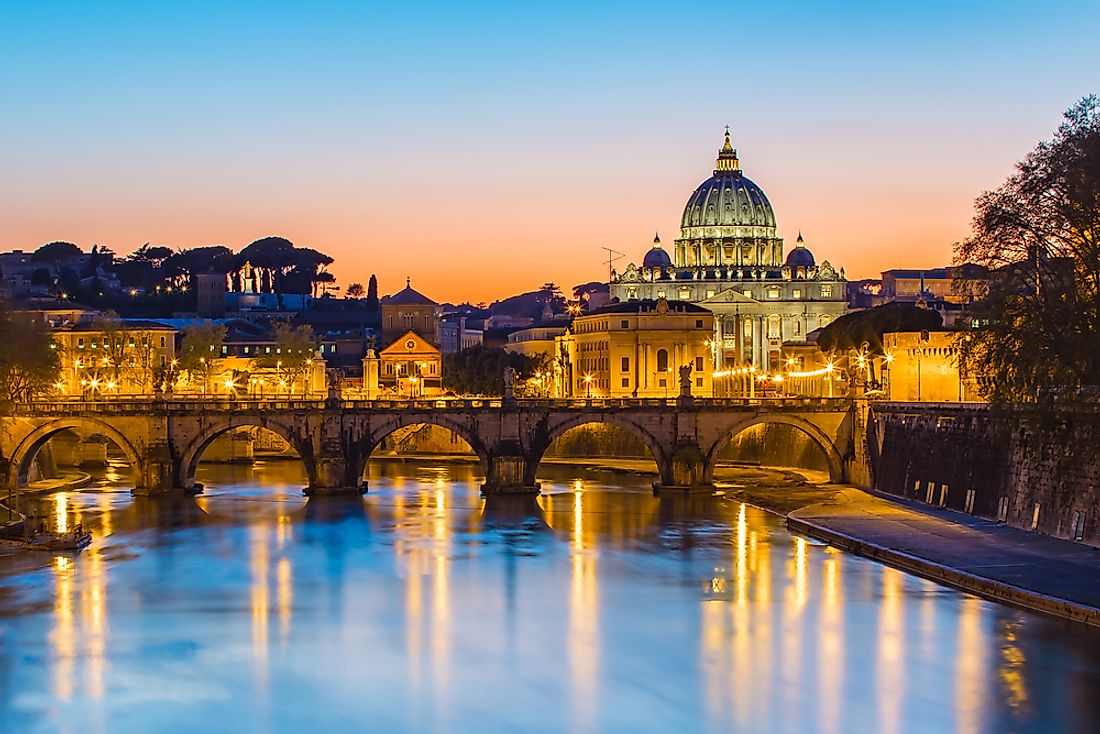
10. Malta - 316 km²
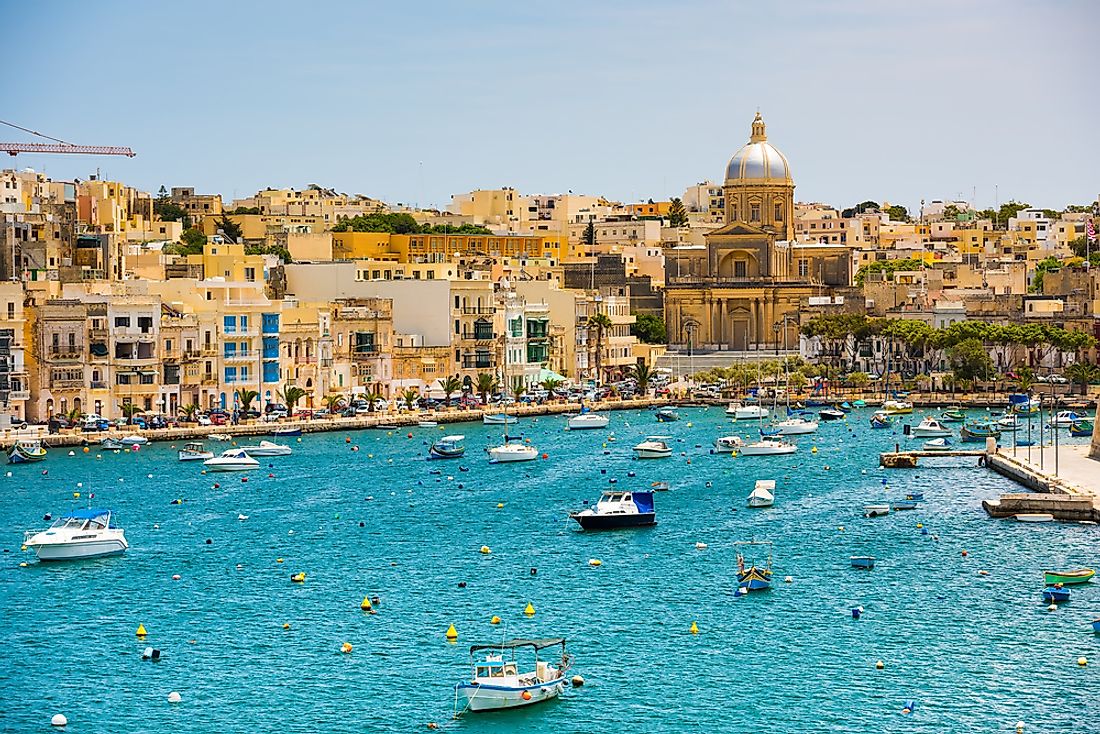
Malta is an island country in the Mediterranean Sea. The Republic of Malta is made up of three islands: Gozo, Comino, and Malta, which is the largest of the three. This small country has a population of over 450,000 inhabitants, making it one of the most densely populated countries in the world. Foreigners from all over the world come to Malta for its sunny weather, attractive beaches, rich history, and vibrant nightlife. Malta encompasses an area of 316 square kilometers, which puts it at number ten of the world's smallest countries.
9. Maldives - 300 km²
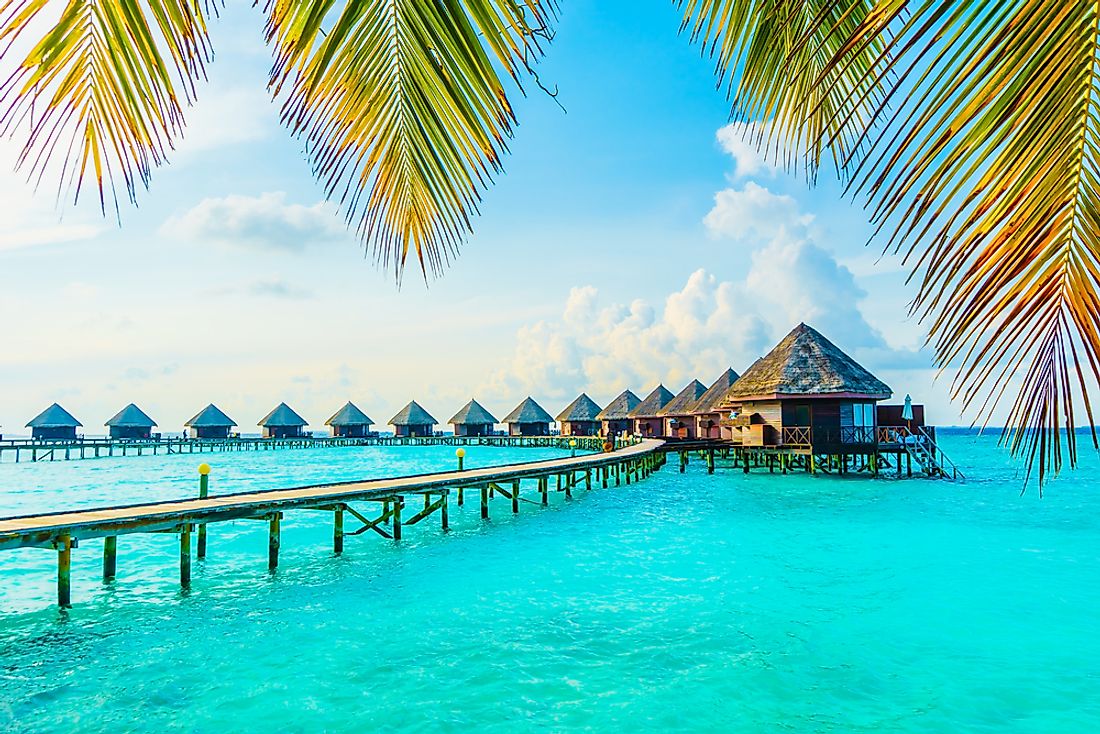
A popular tourist destination in the Indian Ocean, the Maldives is the smallest country in Asia in terms of area and population. There are over 1,192 coral islands in the Maldives, which are spread over 90,000 sq.km, making it one of the world's most dispersed countries. The country was once the colony of many empires, the Portuguese, the Dutch, and the British, but became an independent country in 1965. Today, the Maldives has a vibrant tourism economy due to its famous white sand beaches and crystal blue waters. The Maldives is the world's ninth smallest country with a land area that measures a total of 300 sq. km.
8. Saint Kitts and Nevis - 261 km²
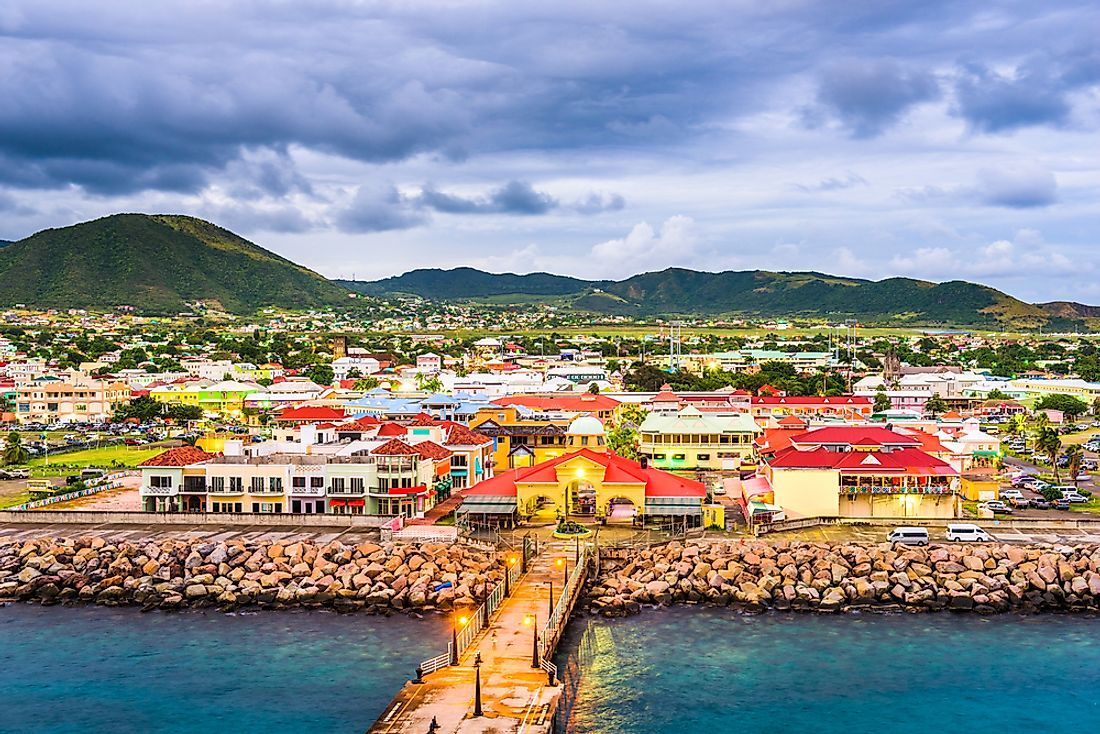
The Mother Colony of the West Indies, these 2 islands in the Caribbean were some of the first islands to be occupied by Europeans. They occupy a total of 261 sq.km, which makes Saint Kitts and Nevis the world's eighth smallest country. Its economy is dependent on tourism, agriculture, and small manufacturing industries. The islands also provide fantastic diving sites due to abundant marine life. A major sugar exporter for centuries, the large plantations are now beautiful estates that have been converted into hotels and resorts.
7. Marshall Islands - 181 km²
6. Liechtenstein - 160 km²
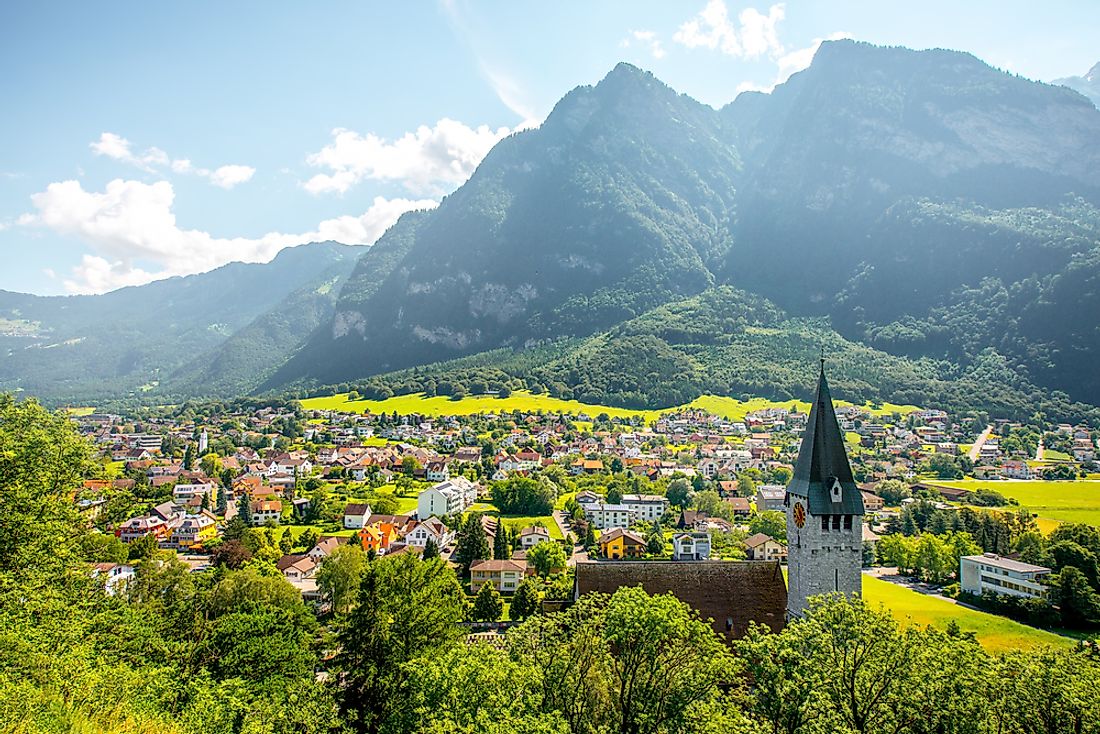
A German-speaking country, this is the only nation in the world to be completely located in the Alps. Located between Switzerland and Austria, Liechtenstein is the richest country in the world by GDP per capita, with the lowest unemployment rate (1.5%). Getting into the country is a little tricky, as there is no airport within its borders. Visitors must go through Switzerland's Zurich Airport to reach this Alpine country that's still ruled by a prince! With 160 sq.km, Liechtenstein is the world's sixth smallest country.
5. San Marino - 61 km²
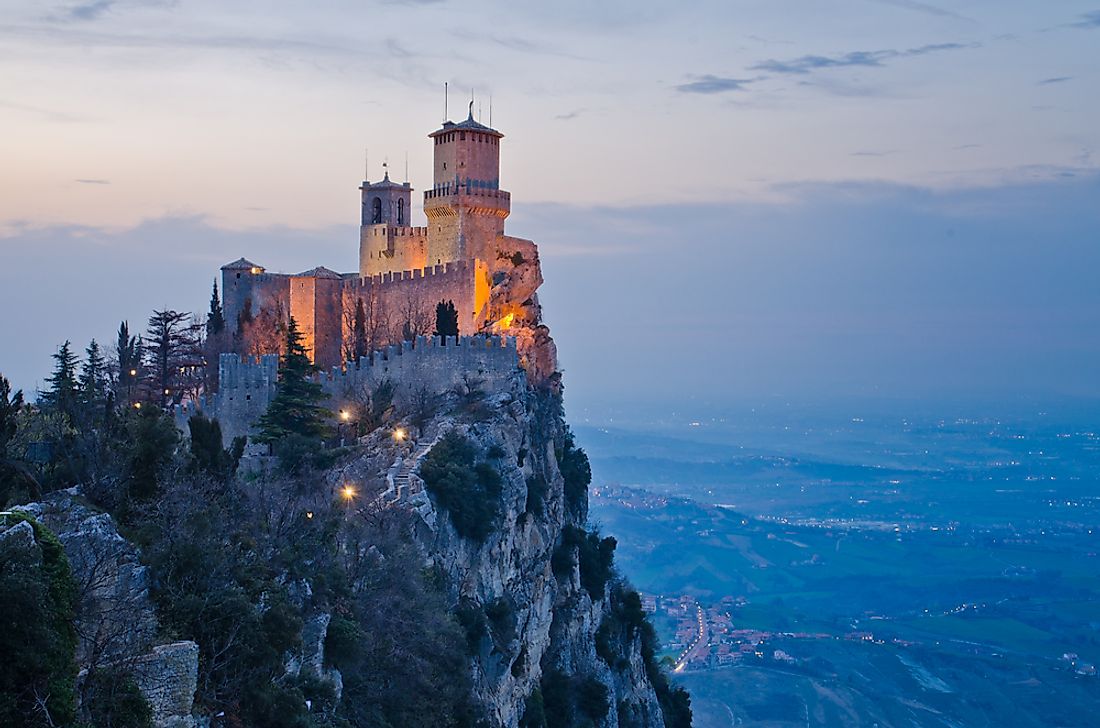
Surrounded by Italy, San Marino is also known as the Most Serene Republic of San Marino. With a total of 61 sq.km, it is the fifth smallest country in the world. it claims to be the oldest surviving sovereign state in the world and is also one of the wealthiest in terms of GDP per capita. The 3rd smallest country in Europe, it has a population of only 30,000, boasting of one of the lowest unemployment rates in the world.
4. Tuvalu - 26 km²
3. Nauru - 21 km²
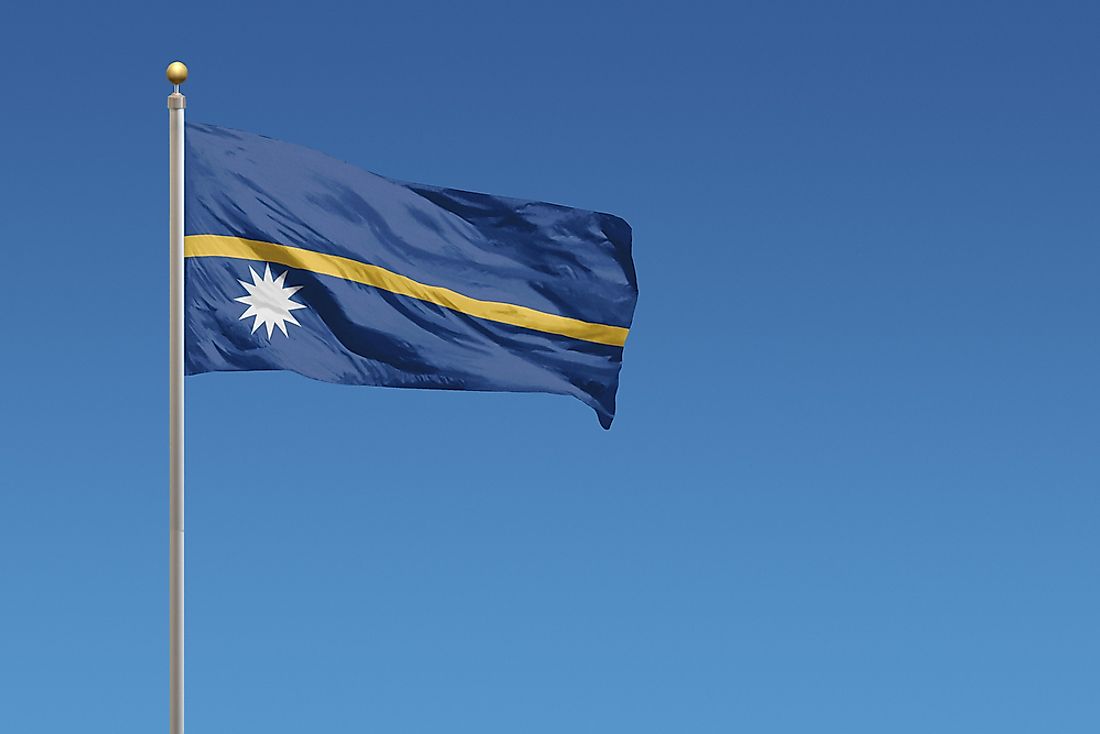
An island nation located east of Australia, Nauru is the smallest island country in the world. It was known in the 1980s for its booming phosphate mining but is now a quiet island off the radar of tourists. Formerly known as Pleasant Island, its phosphate resources are now depleted, leading to a 90% national unemployment rate, with the remaining 10% employed by the government. Nauru is also known as the country with the most obese people in the world, with 97% of its men and 93% of women being obese or overweight. Because of this, Nauru is also home to the world's highest level of type 2 diabetes, with 40% of its population suffering from the ailment. Nauru has a total of 21 sq.km, which makes it the world's third-smallest country.
2. Monaco - 2 km²
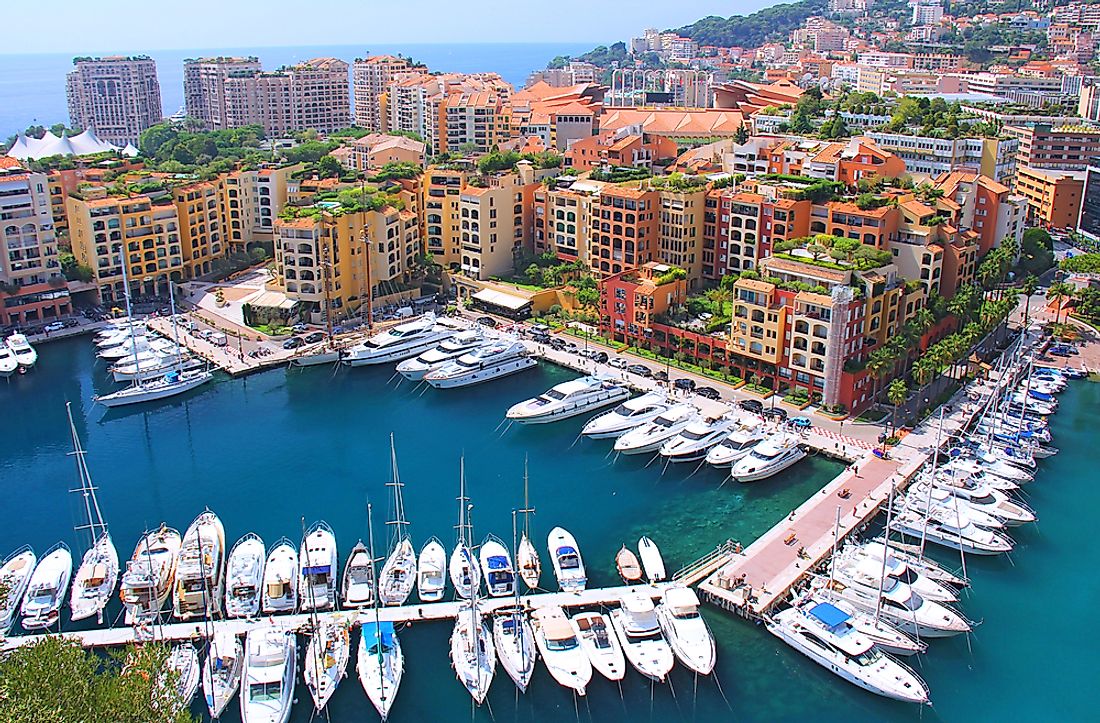
Located on the French Riviera, Monaco is home to the largest number of millionaires and billionaires in the world per capita. It is also the world's second-smallest country, with only 2 sq.km in total land area. Known for its gambling and luxury goods and services industry, Monaco is a favorite playground of the rich and famous. Bordered by France on three sides and one side by the Mediterranean Sea, the residents of Monaco are mostly French-speaking. With a population of over 36,000, Monaco is the world's most densely populated country. The most popular annual event is the Formula 1 race, with tracks passing through the city streets.
1. Vatican City - 0.44 km²
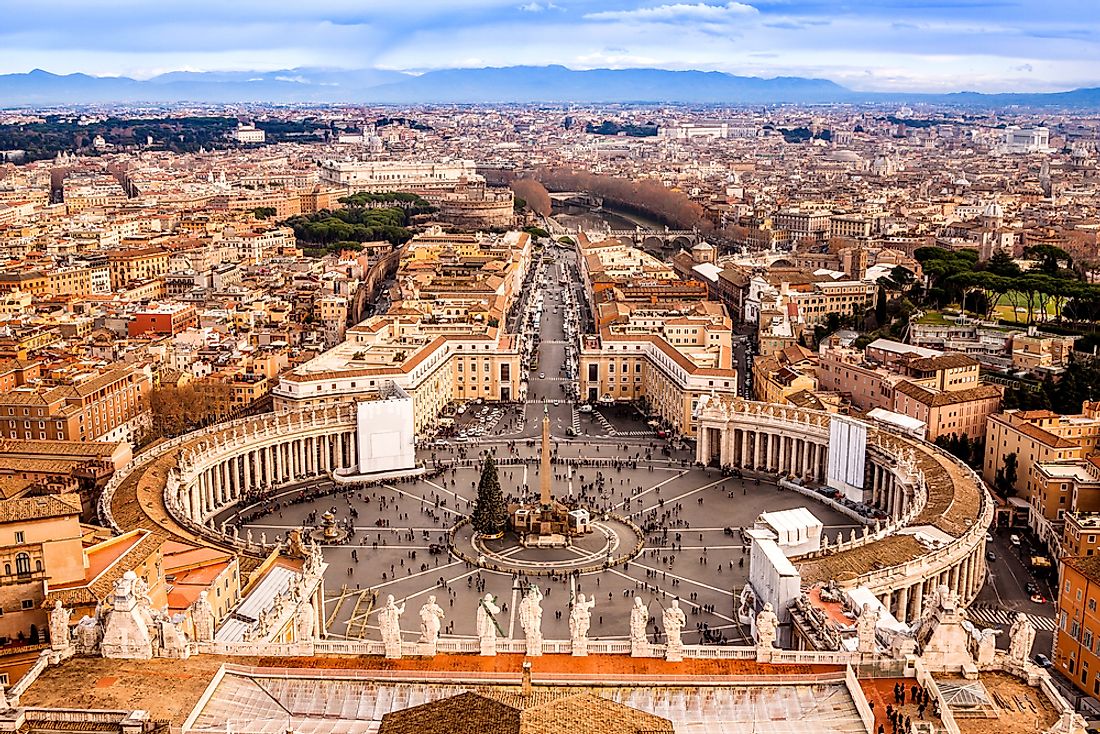
The world's smallest country is the Vatican, also known as the Holy See. With only 0.44 sq.km, Vatican City is the world's smallest country by land area. This country fits entirely within the Italian capital city of Rome and is the center of the Catholic Church. It is also home to the biggest church in the world – St. Peter's Basilica, which holds some of the most significant artworks of the Renaissance such as The Pieta and the Creation of Adam. Its income comes from the voluntary contributions of over 1 billion members of the Roman Catholic Church around the world. The remainder of its economy comes from the sales of postage stamps, tourist mementos, and admission fees of museums.
What's the Smallest Country in the World?
Vatican City holds the distinction of being the world's smallest
country, with a size of only 0.44 square kilometers, or 0.17 square
miles. The other smallest countries are Monaco, Nauru, Tuvalu, San
Marino, Liechtenstein, and the Marshall Islands.
The World's 50 Smallest Countries
| Rank | Country | Area (km sq) | Area (sq mi) |
|---|---|---|---|
| 1 | Vatican City | 0.44 | 0.17 |
| 2 | Monaco | 2.02 | 0.78 |
| 3 | Nauru | 21 | 8.1 |
| 4 | Tuvalu | 26 | 10 |
| 5 | San Marino | 61 | 24 |
| 6 | Liechtenstein | 160 | 52 |
| 7 | Marshall Islands | 181 | 70 |
| 8 | Saint Kitts and Nevis | 261 | 101 |
| 9 | Maldives | 298 | 115 |
| 10 | Malta | 316 | 122 |
| 11 | Grenada | 344 | 133 |
| 12 | Saint Vincent and the Grenadines | 389 | 150 |
| 13 | Barbados | 431 | 166 |
| 14 | Antigua and Barbuda | 443 | 171 |
| 15 | Seychelles | 455 | 176 |
| 16 | Palau | 459 | 177 |
| 17 | Andorra | 468 | 181 |
| 18 | Saint Lucia | 606 | 234 |
| 19 | Singapore | 687 | 265 |
| 20 | Micronesia | 702 | 271 |
| 21 | Tonga | 717 | 277 |
| 22 | Dominica | 751 | 290 |
| 23 | Bahrain | 765 | 295 |
| 24 | Kiribati | 811 | 313 |
| 25 | Sao Tome | 964 | 372 |
| 26 | Comoros | 1,862 | 719 |
| 27 | Mauritius | 2,030 | 784 |
| 28 | Luxembourg | 2,586 | 999 |
| 29 | Samoa | 2,821 | 1,089 |
| 30 | Cape Verde | 4,033 | 1,557 |
| 31 | Trinidad and Tobago | 5,128 | 1,980 |
| 32 | Brunei | 5,265 | 2,033 |
| 33 | Cyprus | 9,241 | 3,568 |
| 34 | Gambia | 10,000 | 3,861 |
| 35 | Bahamas | 10,010 | 3,865 |
| 36 | Lebanon | 10,230 | 3,950 |
| 37 | Jamaica | 10,831 | 4,182 |
| 38 | Qatar | 11,586 | 4,473 |
| 39 | Vanuatu | 12,189 | 4,706 |
| 40 | Montenegro | 13,452 | 5,194 |
| 41 | East Timor | 14,874 | 5,743 |
| 42 | Swaziland | 17,204 | 6,643 |
| 43 | Kuwait | 17,818 | 6,880 |
| 44 | Fiji | 18,274 | 7,056 |
| 45 | Slovenia | 20,151 | 7,780 |
| 46 | Israel | 20,330 | 7,850 |
| 47 | El Salvador | 20,721 | 8,000 |
| 48 | Belize | 22,806 | 8,805 |
| 49 | Djibouti | 23,180 | 8,041 |
| 50 | Macedonia | 25,433 | 9,820 |
